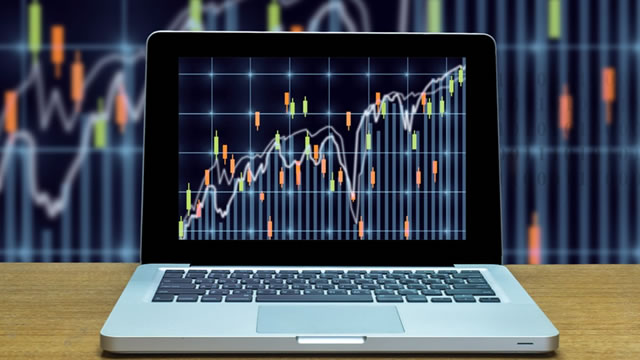The Role of the Federal Reserve in Shaping the Economy
A Brief Overview
The Federal Reserve is America’s central bank and plays a crucial role in shaping the country’s economy. One of the key tools at its disposal is the ability to set the Federal Funds Rate (FFR), which influences how much banks charge each other for overnight loans. This, in turn, has a ripple effect on everything from mortgage rates to credit card interest rates.
The Federal Funds Rate and Monetary Policy
When the Federal Reserve raises the FFR, it becomes more expensive for banks to borrow money. As a result, banks may raise the interest rates they charge consumers and businesses, making borrowing more expensive. This can help to curb inflation by slowing down spending and investment. On the other hand, when the Federal Reserve lowers the FFR, borrowing becomes cheaper, which can stimulate economic growth by encouraging spending and investment.
Impact on Consumers
Changes in the Federal Funds Rate can have a direct impact on consumers. For example, if the FFR is raised, mortgage rates are likely to increase, making it more expensive to buy a home. Similarly, credit card interest rates may go up, leading to higher monthly payments for cardholders. On the other hand, if the FFR is lowered, consumers may see lower mortgage rates and more attractive terms for auto loans and other forms of credit.
Impact on the Global Economy
Since the US economy is the largest in the world, decisions made by the Federal Reserve can have far-reaching effects on the global economy. For example, a change in the FFR can lead to fluctuations in the value of the US dollar, which can impact trade and investment around the world. Furthermore, actions taken by the Federal Reserve may influence the policies of other central banks, creating a domino effect that can shape the global economic landscape.
Conclusion
The Federal Reserve plays a critical role in shaping the US economy through its control over the Federal Funds Rate. By adjusting this key interest rate, the Federal Reserve can influence borrowing costs, spending, and investment, ultimately helping to steer the economy towards its goals of stable prices and maximum employment.





